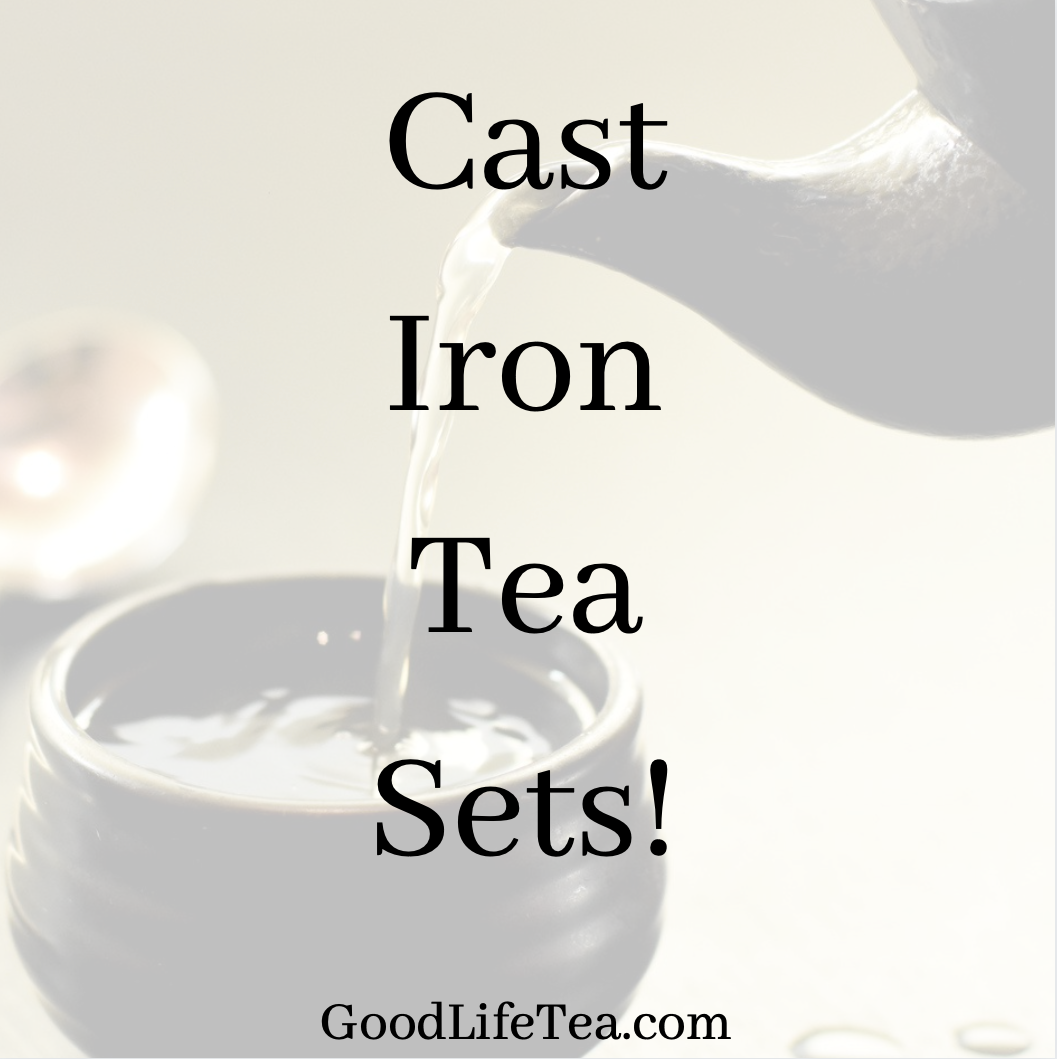
5 Key Takeaways from this Blog Post:
1. Historical Origins: Cast iron teapots originated in the Iwate region of Japan in the 17th century. They were designed to retain heat without needing a direct heat source, allowing for prolonged tea enjoyment with less firewood use.
2. Proper Use and Preparation: Cast iron teapots should not be placed directly on a stove. Instead, they are warmed with hot water before steeping tea to retain heat. The process includes warming the pot, adding tea to the infuser, and pouring freshly heated water for steeping.
3. Versatility for Different Teas: Although traditionally used for green tea, cast iron teapots can brew any tea, including black, white, oolong, or herbal teas, providing flexibility for tea enthusiasts.
4. Care and Maintenance: Cast iron teapots are user-friendly, easy to clean with just warm water (no soaps or detergents), and should be air-dried. This gentle maintenance prevents cracking and preserves the teapot’s quality.
5. Decorative and Social Appeal: Each cast iron teapot is handmade, unique, and doubles as a decorative piece that sparks conversation. Its traditional design encourages a mindful tea experience, making it ideal for social gatherings or quiet moments alone.
Now, let's really dive in!
Good morning, sippers! I hope that you all were able to have a wonderful weekend with your loved ones and enjoy some of the first fall weather of the season! Lately, both in our store and online, we have noticed an increased interest in our cast iron tea ware. This has caused quite the celebration here in the shop so thank you! We love when we get to share our love for our teas and tea ware products with you and our cast iron tea sets are such a special subset of our inventory. In this blog post, I'll be detailing a little bit of history on these cast iron sets, how to use them, and why they are a great product in terms of being user friendly and their share-ability features!


1. This is an easy step. Pick your favorite loose leaf tea! While cast iron is traditionally used to prepare green teas, there is no reason why you can't use it for your favorite black, white, oolong, or tisane tea as well.
2. Heat your cast iron teapot. To do so, do not place it directly on the stove or another heat source — this could cause it to crack (craze). Instead, boil water in a kettle and fill your teapot with the hot water. After about 5-10 minutes you will then tip out the water through the spout and down the drain. This will help warm up and rinse out your teapot. Don't worry, as mentioned, cast iron holds heat very well so your vessel will remain hot for steeping and holding of your tea.
3. Measure out how much tea you will need for those your are serving. You're going to want about 1 teaspoon per 8 ounces of water. Place your tea of choice in the included infuser basket of your teapot and place it back in the teapot.
**We have different sized teapots so as you are deciding which one is best for you, make sure to take a look at this as well!**
4. Add new and fresh heated water to your teapot (that is already warmed from Step 2) and begin to steep your tea - directly in the teapot! On each of our teas, there is a sticker which denotes the appropriate temperature and steeping time for that particular tea.
5. Serve your tea! Pour the tea to whomever is ready to enjoy it now, remove your infuser to prevent over-steeping, and leave the remainder of your tea within the teapot where it will remain warm due to the initial warming.
In using a cast iron teapot to make your tea, you are participating in a historical and traditional preparation method. Because of this, we highly recommend that as you sit and enjoy your tea, whether it is alone or with friends, you put away your phone or electronic devices and take these moments to savor and enjoy the tea and the company of those around you. That is how our teas are intended to be experienced and appreciated.



